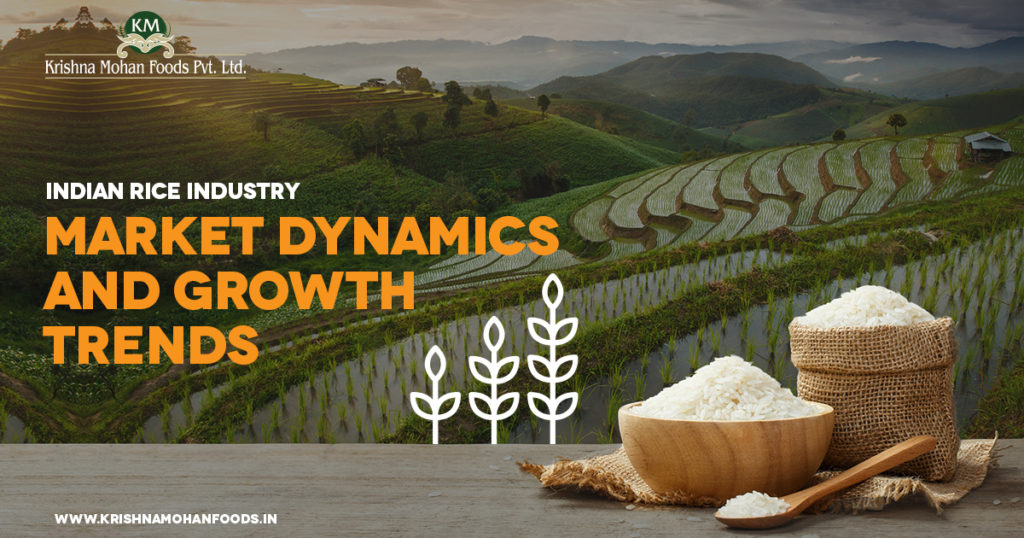Indian Rice Industry – Market scenario
Post Date04 Jul

Rice Production in Asia
Rice production in Asia has seen steady growth in the last few years and around 90% of the global rice production is attributed to this continent. While China ranks first among the leading rice producers of the world, its neighboring country India is in the second place. Even though India is the second largest rice producer in the world, they had outperformed China’s exporting figures in the year 2018 with a growth rate of 22%. It is not only the increase in the production level but also there are external factors boosting export rate of Indian Rice Industry. According to the reports, flood in Bangladesh gave a major boost to India’s rice export in the year 2017. The following year too, Bangladesh and Sri Lanka were seen among the major rice importers of India.
Owing to the land topography, India produces different variants of rice. Sella rice has a huge demand in the international market and has the biggest export number every year.. Not just producer and exporter, India is a major rice consumer, as this forms the staple food for people in the southern and eastern region of the country. According to the reports, the consumption rate has increased by 3.43% in the year 2016 and 0.79% in the year 2017.
As the rice cultivation in India is mostly monsoon based, the seasons of drought or scarcity of rainfall affect the farming adversely. This is why the production rate of 2015 and 2016 had not been quite impressive. However, the scenario has changed in the year 2017 and 2018. With governmental aid, India is gradually increasing its exporting range to the African nations, which so long have been a loyal customer of Thailand. Availability of advanced machinery in the rice mills and offering better quality seeds to the farmers along with fund and fuel assistance is expected to improve the rice production further.
Market Research and Analysis
The market research and analysis conducted so far indicates that the Indian Rice Milling market will experience steady growth of 3.51% CAGR in the time span of 2016-2022. West Bengal being the largest rice producer of the country, east India will lead the production. The rice cultivated in West Bengal is used not only for domestic consumption but also it is exported to several other countries. While the rice cultivated in other eastern states like Odisha, Jharkhand, Assam, and Bihar are mainly used for domestic consumption. If things go as per the market predictions, the East India rice mill by 2022 would reach a market size as high as $153.4 million. The projected growth rate of the market is expected to be around 3.97% CAGR.
Sona Masoori Rice
The great Indian rice industry is definitely getting dominated by wide varieties of non-basmati rice strains. Sona masoori is one such non-basmati rice strain that has captured the attention of rice exporters and customers alike in India because of its superior quality. Largely cultivated in Southern part of India more particularly in Tungabhadra belt of Karnataka and Andhra Pradesh, Sona masoori is getting exported to foreign countries via these following Indian ports – Chennai Sea, Nhava Sheva Sea, Nagpur, Mundra, Noida-Dadri (Icd), etc. As of now, the almost 173 INR million worth of sona masoori rice gets exported from India every single month and the figure is on the rise as we speak. Jebel Ali, Doha, Newark, Singapore, Oakland etc are some of the ports where Sona masoori is getting imported. Krishna Mohan Foods Pvt Ltd is a leading certified sona masoori rice manufacturer, exporter and supplier. The family-oriented company is doing its bits to help this particular rice strain to get more exposure and gain more popularity and thereby helping Sona masoori rice manufacturers to survive and thrive.

